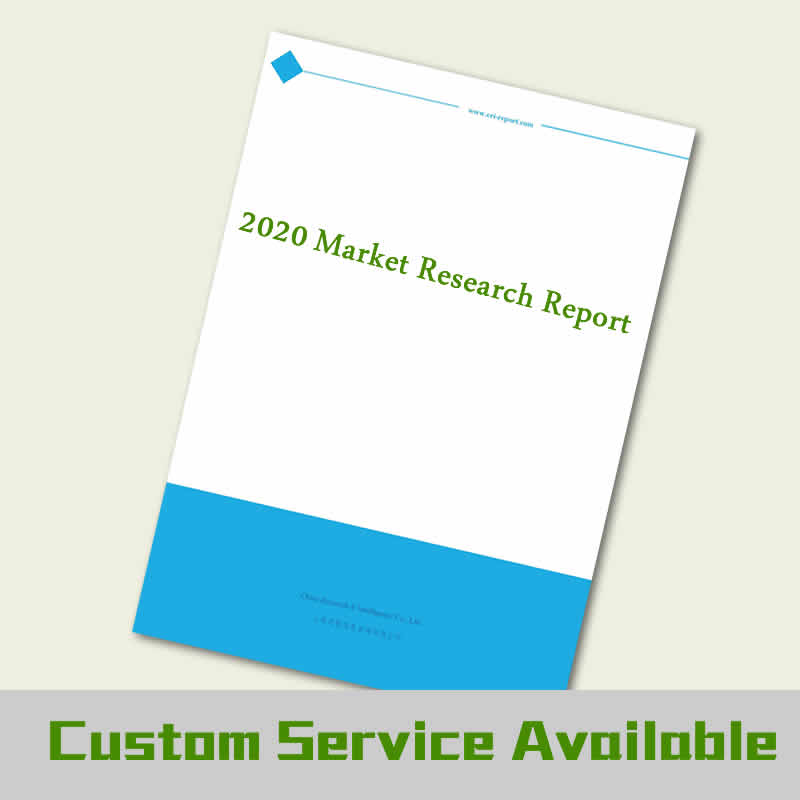Description
Independent Lubricant Manufacturers Market to surge at xx% CAGR, rising demand for high functioning engines expected to boost the market growth
This market is anticipated to reach USD xxxx million by 2030. The market is estimated to portray a CAGR of xx% during the forecast period i.e. 2020-2030. As per the report, rising demand for high functioning engines is likely to drive the market for independent lubricant manufacturers in the coming years.
In the coming years, while the pricing of products will keep on outlining who upholds a position of strength in the worldwide lubricant market, product advancement and establishment of supply chains is also projected to assist the key competitors to gain greater shares. The vendors of this market will continue to expand into emerging economies to acquire new income opportunities. Moreover, research and development events are estimated to accelerate with the introduction of bio-based lubricants, which are attaining implementation among the end-users.
The market report on global independent lubricant manufacturers market comprises of the following in-depth analysis:
• The estimated value of the market in 2019 was USD XXXX million.
• Based on product type, the synthetic lubricants segment emerged out as a key segment in the independent lubricant manufacturers market across the globe.
• On the basis of end-users, the automotive segment was the leading segment of the market across the globe.
• Region-wise, the market in Asia Pacific emerged as the leading segment in the market for independent lubricant manufacturers.
• Key players are likely to focus on product innovations and expansion through merger to retain their positions in developed markets.
Independent lubricant manufacturers are not managed by key oil industries and many do not have their individual plants. They acquire base oils from foremost oil suppliers and petroleum organizations and then process these oils with extracts to create lubricants. These lubricants are consumed in numerous industrial and automobile applications. Independent lubricant manufacturers usually obtain raw materials from the open market (chemical and oleo-chemical industry). Independent lubricant manufacturers predominantly emphasize on the production and promotion of lubricants trailed and on domains and slot business. Few of the autonomous lubricant manufacturers namely Southwestern Petroleum Corporation mainly handles production of heavy-duty lubes. They provide lubricants and offer specialized support for the metalworking fluid industry. Besides having various benefits, lubricants are significant for broad scale of applications in automotive and industrial end-use industries.
Global independent lubricant manufacturers market is segmented by product type into mineral lubricants, synthetic lubricants and bio-based lubricants. Among these, the synthetic lubricants segment emerged as the key segment, holding a market share of xx% in 2019. On the basis of end-users, the market for independent lubricant manufacturers is divided into automotive, transportation, aerospace, marine, industrial and others. Among these, the automotive segment was observed to be the leading segment, holding xx% of the total market share in 2019. Region-wise, the market is segmented into North America, Latin America, Europe, Middle East & Africa and Asia Pacific. Among these, the market in Asia Pacific is witnessed to be the key segment of the global independent lubricant manufacturers market, acquiring xx% of the total market share in 2019.
Key Players in the Market
Some of the key players in global independent lubricant manufacturers market are Royal Dutch Shell Plc., Idemitsu Kosan Co. Ltd., Exxon Mobil Corporation, Fuchs Petrolub AG, Chevron Corporation, LUKOIL, BP Plc., Sinopec Ltd., Petrochina Company Ltd., and Total SA.
Get Valuable Insights into Independent Lubricant Manufacturers Market
In the new report, Fatpos Global thrives to present an unbiased analysis of the global independent lubricant manufacturers market that covers the historical demand data as well as forecast figures for the period i.e. 2020-2030. The study includes compelling insights into growth that is witnessed in the market. The global independent lubricant manufacturers market is segmented by product type into mineral lubricants, synthetic lubricants and bio-based lubricants. On the basis of on end-users, the market for independent lubricant manufacturers is segmented into automotive, transportation, aerospace, marine, industrial and others. Region-wise, the market is segmented into North America, Latin America, Europe, Middle East & Africa and Asia Pacific.


